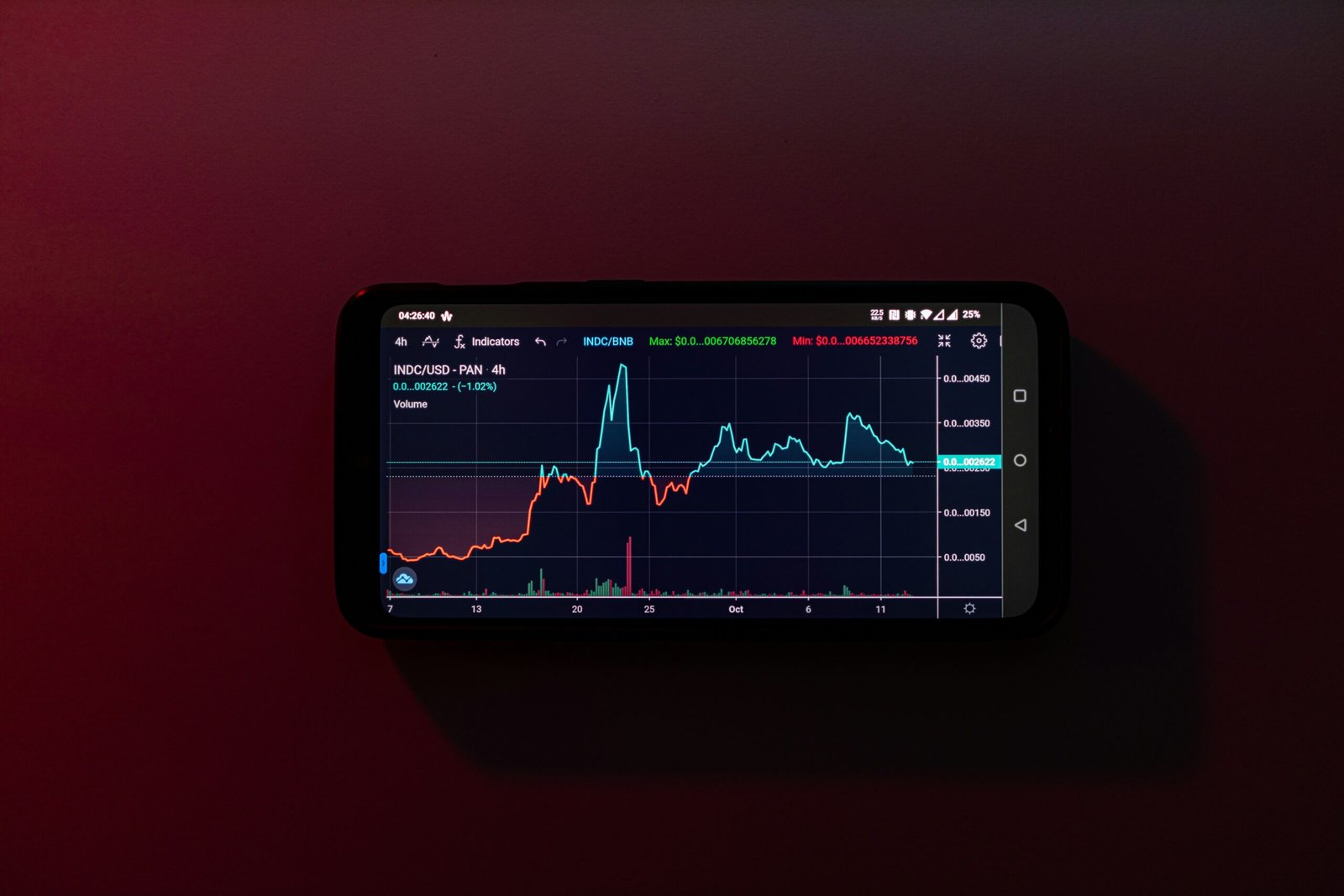Ethereum’s Journey to Mass Adoption: Solving Trust, Scaling, and MEV Challenges
Ethereum’s Journey to Mass Adoption: Solving Trust, Scaling, and MEV Challenges Since its ascent to fame, Ethereum has come to represent innovation in decentralized networks. It offers an open, trustless future as the platform that makes decentralized finance (DeFi), non-fungible tokens (NFTs), and decentralized autonomous organizations (DAOs) possible. However, Ethereum’s problems increase along with its size. More than just technological difficulties, these problems—which include trust models, scaling effectiveness, data accessibility, and the enduring problem of Maximal Extractable Value (MEV)—are what are preventingEthereum from achieving its goal of widespread adoption. The journey toward a practical, scalable, and universally trusted Ethereum demands careful consideration of these interconnected issues. Let us dive deep into these challenges, exploring how Ethereum’s modular design, innovative protocols, and evolving trust dynamics aim to bring decentralized systems closer to practical reality. The Trust Conundrum: Building Confidence in Decentralization The core principles of Ethereum are the removal of middlemen and the substitution of distributed consensus and cryptographic protocols for faith in centralized organizations. This sounds ideal on paper, but in practice, trust remains an intricate web to manage. The Proof-of-Stake (PoS) consensus mechanism, which was implemented during the Ethereum Merge, is the foundation of the network. By linking their financial security to the network’s stability, PoS encourages validators to behave honorably by staking ETH. This has preserved Ethereum’s security while lowering Proof-of-Work’s (PoW) energy requirements. Yet, even within PoS, trust extends beyond validators. Users trust the robustness of smart contracts, the accuracy of transaction ordering, and the reliability of rollups for Layer 2 scaling. Rollups—arguably Ethereum’s most critical scaling innovation—introduce a nuanced layer of trust. Unlike the base layer, where consensus among validators dictates transaction validity, rollups depend on external mechanisms to prove transaction correctness. Optimistic Rollups, for instance, rely on fraud-proof systems where validity is assumed unless disputed. On the other hand, zk-Rollups employ cryptographic proofs, offering stronger assurances but at higher computational costs. The interplay between these trust models poses critical questions. How do we ensure the trustworthiness of rollup operators? How can Ethereum maintain decentralization while relying on increasingly modular architectures? These are the questions shaping Ethereum’s evolution. Scaling: The Pursuit of Modular Efficiency The scaling issue with Ethereum has long been a weakness. Gas prices have skyrocketed to exorbitant levels during periods of high traffic, pricing out customers and decreasing accessibility. A much-needed lifeline has been made available by the introduction of Layer 2 solutions, such as state channels, sidechains, and rollups. However, Layer 2 is just one aspect of the situation. Rollups and Ethereum’s Modular Future A key component of Ethereum’s scalability roadmap are rollups. They maintain Ethereum as the settlement layer while permitting off-chain transactions. By batching thousands of transactions and posting the compressed results to the main chain, rollups reduce congestion and costs. The two primary types, Optimistic Rollups and zk-Rollups, illustrate Ethereum’s modular approach to scalability. Optimistic Rollups, like Arbitrum and Optimism, leverage fraud proofs to resolve disputes, requiring a delay period for challenges. This introduces latency but ensures scalability without significant computational overhead. zk-Rollups, exemplified by zkSync and StarkNet, rely on zero-knowledge proofs to guarantee transaction validity without delays, though they demand sophisticated computation. The modular vision extends beyond rollups. EIP-4844, commonly referred to as Proto-Danksharding, introduces blob transactions—temporary data blobs that rollups can use to store transaction data on-chain at reduced costs. This is a stepping stone toward full Danksharding, where data availability sampling will enable Ethereum to verify data existence with minimal computational burden. Data Availability: Securing the Backbone of Decentralization Data availability is the backbone of rollups and, by extension, Ethereum’s scalability. It ensures that all transaction data remains accessible for validation and fraud-proof mechanisms. Without reliable data availability, even the most sophisticated rollups cannot function securely. The challenge lies in balancing scalability with decentralization. On-chain data availability guarantees security but increases costs. Off-chain data availability reduces costs but introduces new trust assumptions. Proto-Danksharding aims to bridge this gap by allowing validators to store and verify data in smaller, manageable chunks. Danksharding, Ethereum’s ultimate vision for data scalability, takes this a step further.It guarantees that no one entity may exclude important information by dividing data across validators and using data availability sampling. Ethereum’s solution to the scalability trilemma—achieving decentralization, security, and scalability all at once—combines this strategy with rollup-centric scaling. MEV: A Challenge of Incentives and Fairness If data availability is Ethereum’s backbone, MEV is its most persistent headache. Maximal Extractable Value refers to the profit that validators or miners can extract by reordering, including, or excluding transactions. MEV is an inevitable consequence of block production, but its impact on fairness and user trust cannot be overstated. During the DeFi boom, MEV became a glaring issue. Validators exploited arbitrage opportunities, front-running trades, and sandwiching transactions to maximize profits, often at users’ expense. MEV harms Ethereum’s ethos of fairness and accessibility, turning it into a battleground of economic incentives. Mitigating MEV with Proposer-Builder Separatio Ethereum’s proposed solution to MEV is Proposer-Builder Separation (PBS). In PBS, the role of block proposers and block builders is split. Builders compete to create the most profitable blocks, while proposers select from these blocks without directly engaging in transaction manipulation. This system democratizes MEV extraction, reducing its impact on users. Initiatives like Flashbots have also introduced MEV auctions, allowing users and validators to capture MEV through transparent bidding. While this reduces on-chain competition, it centralizes MEV extraction into fewer hands, raising questions about decentralization. Adoption: From Experimentation to Practicality Solving Ethereum’s technical challenges is only part of the adoption equation. Practicality and usability are equally critical. Users should not need to understand rollups, MEV, or data availability to interact with Ethereum. Wallet providers like MetaMask and infrastructure providers like Infura are already abstracting complexities, making Ethereum more accessible. Ethereum has to be easily integrated with current systems for businesses. Hyperledger Besu and other private Ethereum-compatible networks enable companies to use blockchaintechnology without compromising privacy or control. A Decentralized Future The plan for Ethereum is as ambitious as it needs to be. Data accessibility, trust dynamics, scaling effectiveness, and MEV mitigation
Ethereum’s Journey to Mass Adoption: Solving Trust, Scaling, and MEV Challenges Read More »










